Description
Let’s play! Play and creativity still have a place in modern education. In this course, Richard M. Cash, Ed.D. and Katie McKnight, Ph.D. will show you that play and creativity are actually vital to our students’ ability to relate to information in the 21st century. You will learn how to use the model and methods of improv to enhance literacy learning in your classroom through a variety of activities and exercises.
- Module 1: How creativity relates to learning styles and Bloom’s Taxonomy
- Module 2: The creative and improv connection
- Module 3: Originality and activities to apply improv methods
Presenter Bio
Dr. Katherine McKnight is a dynamic presenter, dedicated teacher, and award-winning author. Dr. McKnight began her career in education over 30 years ago as a middle school and high school English and social studies teacher in the Chicago Public Schools and appointed as Distinguished Professor of Research at National Louis University. In addition to speaking at professional development conferences, she is a regular consultant in schools and classrooms in the United States and Europe.
She is the founder of Engaging Learners, an educational company built around her successful Literacy and Learning Center model. Her work in educational leadership, literacy and student skill development has resulted in unprecedented academic achievement in many struggling schools.
Dr. McKnight has received several awards for her publications and teaching at the university level. She has authored 17 books that support educational strategies to engage all learners. Her titles include the best-selling The Teacher’s Big Book of Graphic Organizers, winner of the 2013 Teachers’ Choice Award. She’s also written The Second City Guide to Improv in the Classroom, Teaching Writing in the Inclusive Classroom, and the twin volumes: Common Core Literacy for Math, Science, and Technical Subjects, and Common Core Literacy for ELA, History/Social Studies, and the Humanities: Strategies to Deepen Content Knowledge – Grades 6-12.
Dr. Richard Cash has worked in the field of education for over 25 years. He has taught at the elementary, middle school and college levels. Most recently, he served as Director of Gifted Programs for the Bloomington Public Schools in Minnesota. Dr. Cash is the president and lead consultant for nRich Educational Consulting, Inc. His areas of expertise include educational programming, differentiated instruction, brain compatible classrooms, and self-regulated learning. Dr. Cash has authored “Advancing Differentiation: Thinking and Learning for the 21st Century” and “Differentiation for Gifted Learners: Going Beyond the Basics” (co-author Diane Heacox), which was a Texas Association for the Gifted and Talented Legacy Book® Award winner. He is actively involved with the World Council on Gifted Education, the Association for Supervision and Curriculum Development, and The National Association for Gifted Children (NAGC).

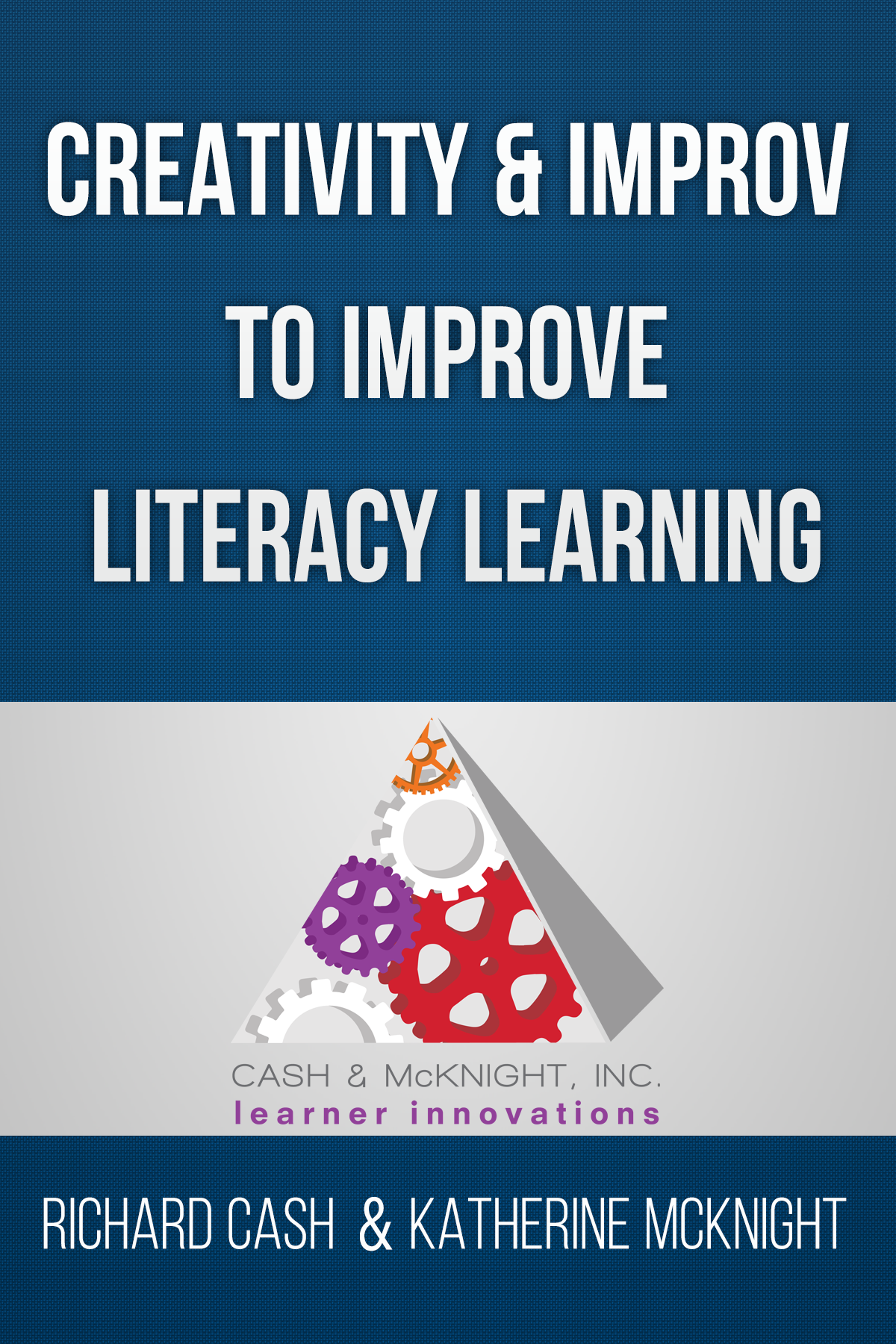
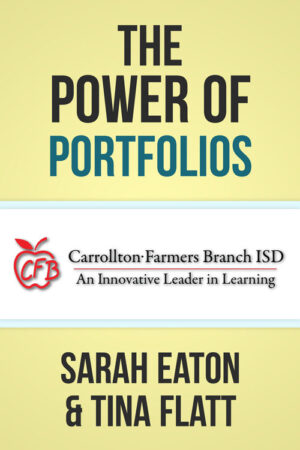
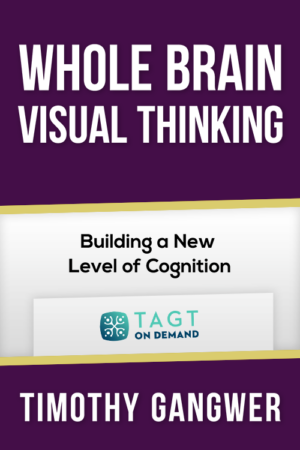
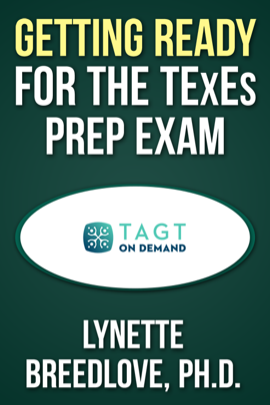
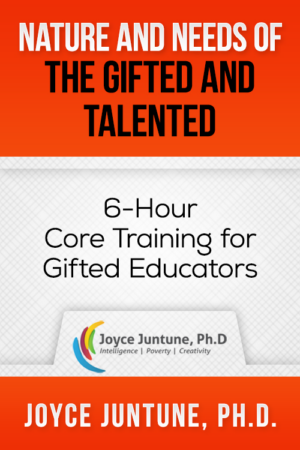

Ronna – DRIPPING SPRINGS ISD (verified owner) –
Great training with creative ideas and very meaningful and engaging activities.
Irene – SHARYLAND ISD (verified owner) –
The presenters were fun and energetic. The course contains many valuable ideas.
VICKY – BOERNE ISD (verified owner) –
I have ideas I can take back into my classroom.
Yaneth – MCALLEN ISD (verified owner) –
Liked the activities presented!
Elsa – SHARYLAND ISD (verified owner) –
Great activities to enhance creativity, however, I would like to see examples related to my content area.
Amanda – UNITED ISD (verified owner) –
Vey fun and interesting…great ideas!
Elizabeth – UNITED ISD (verified owner) –
good information
Brenda – UNITED ISD (verified owner) –
Awesome course! I really loved the activities that could be used in the classroom.
Rebecca – DRIPPING SPRINGS ISD (verified owner) –
Good ideas – I like the brainstorming, zip/zap/zop, parts of a whole! All usable with my second graders next year!
Sylvia – ECTOR COUNTY ISD (verified owner) –
This is GREAT course to watch because it teachers can actively put students into a group and create by verbally expressing how a story and be created from beginning, close to the beginning, middle, close to the end, and finish. In addition, students choose where to put the parts or pieces of the story where they make sense.